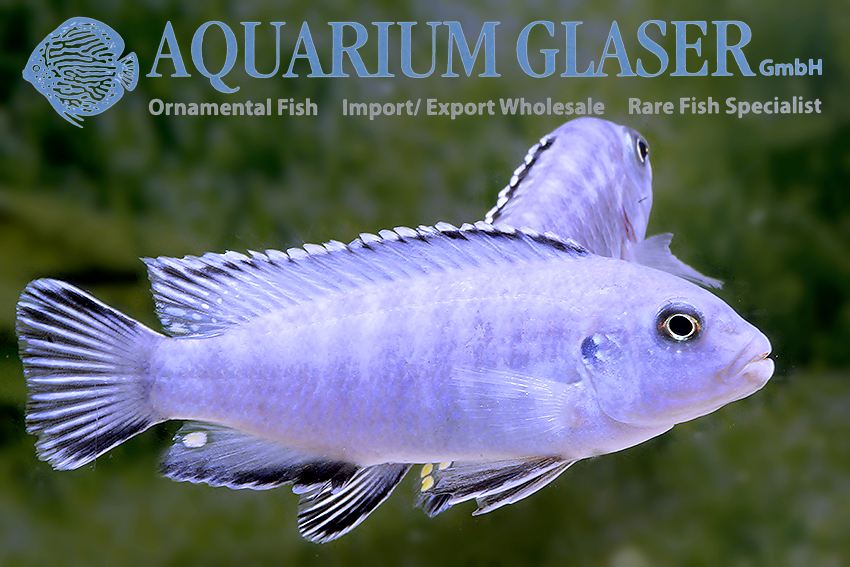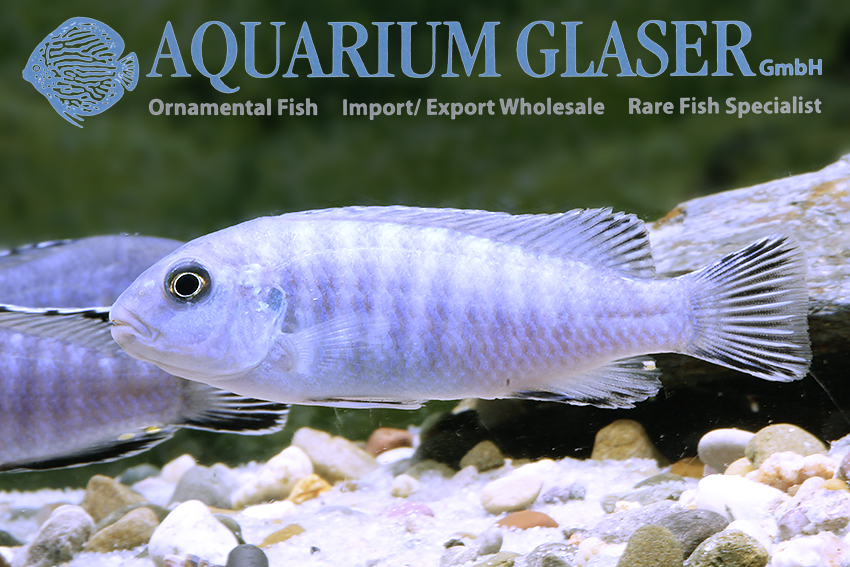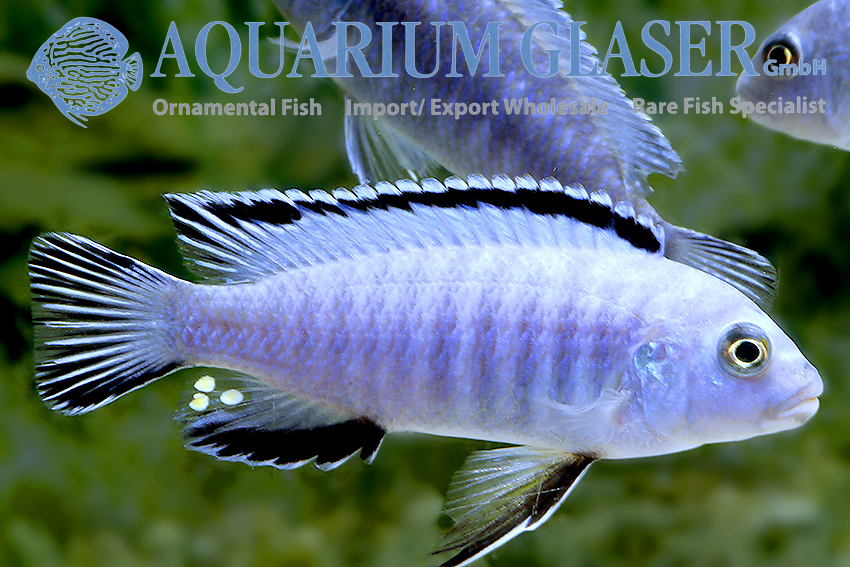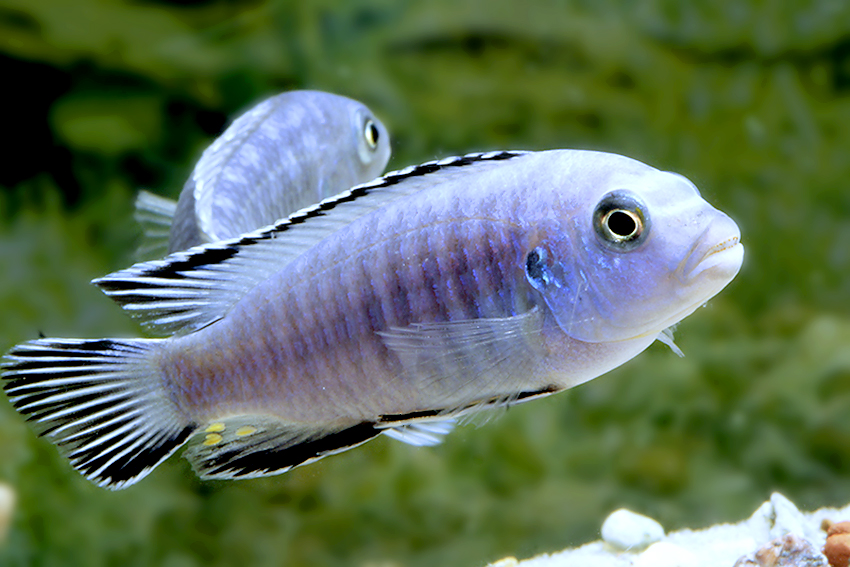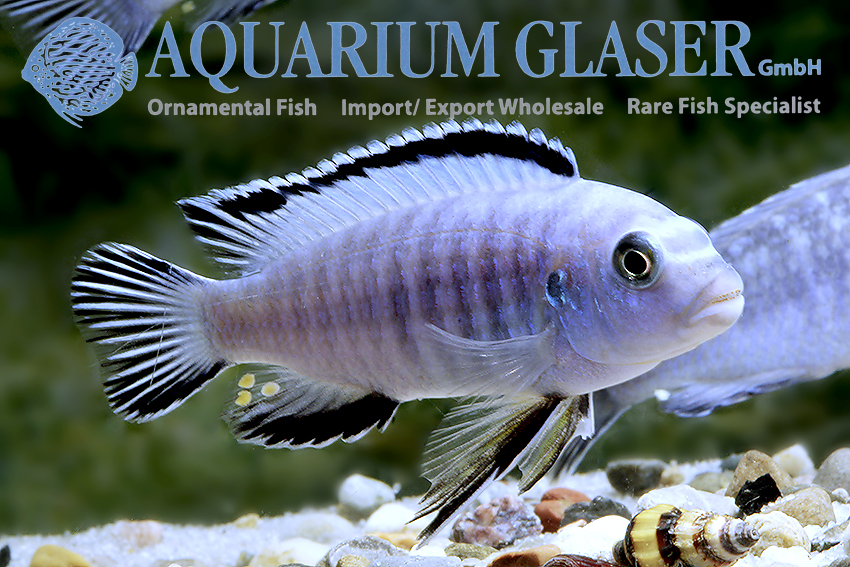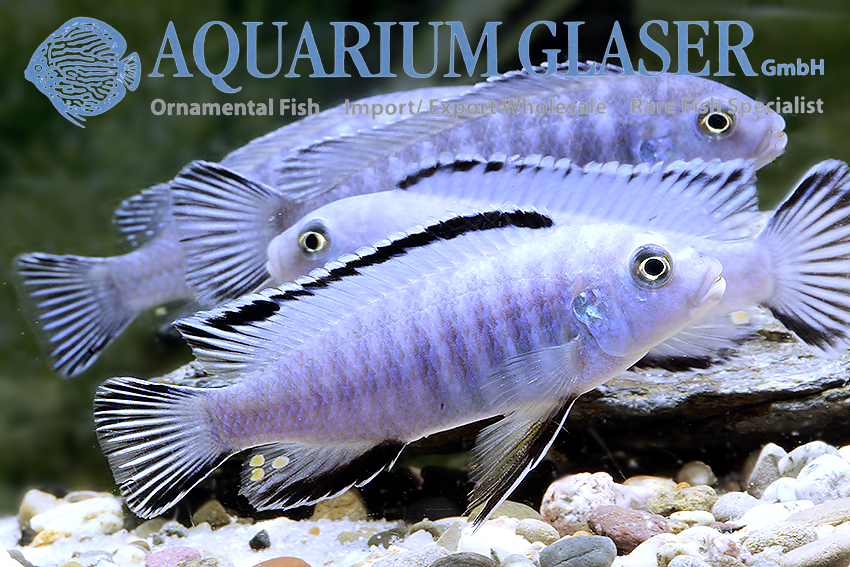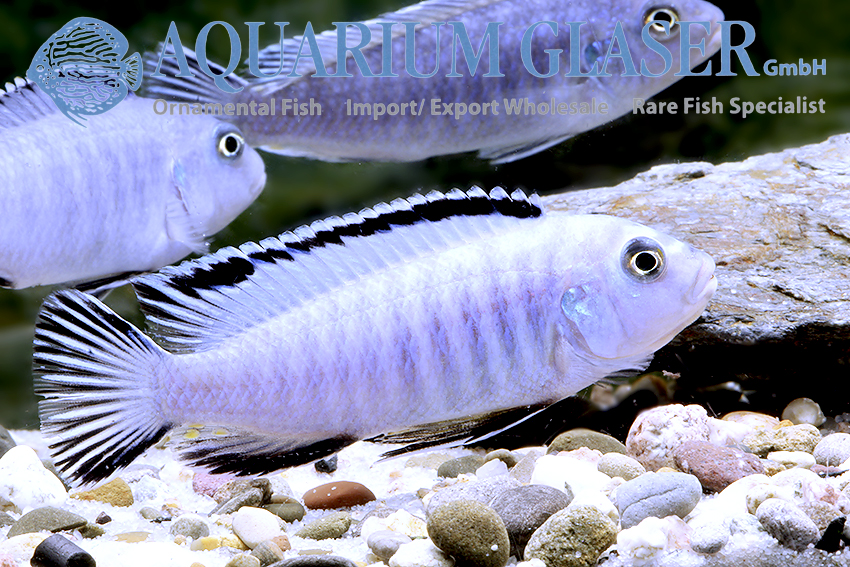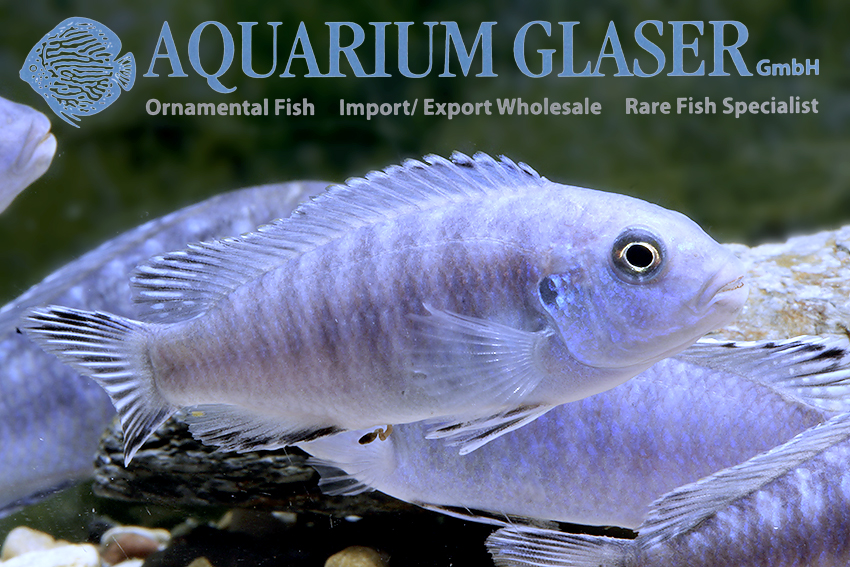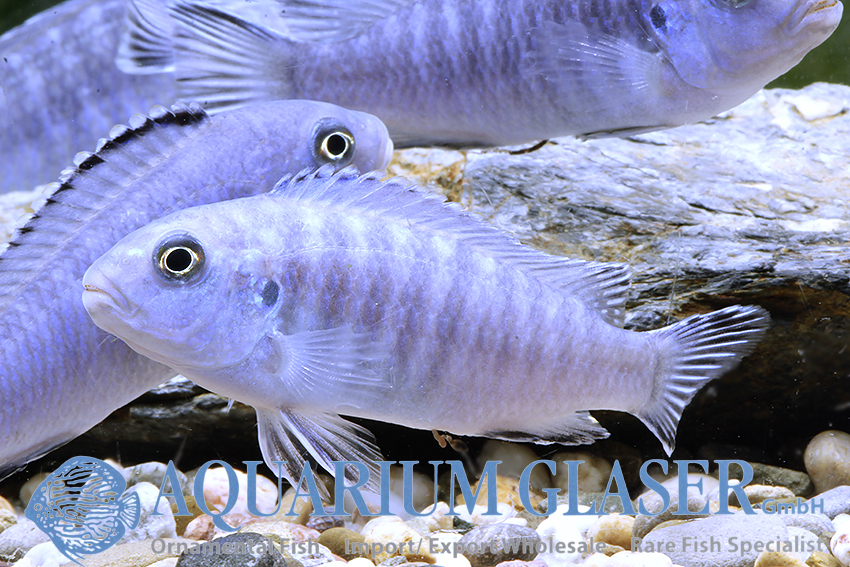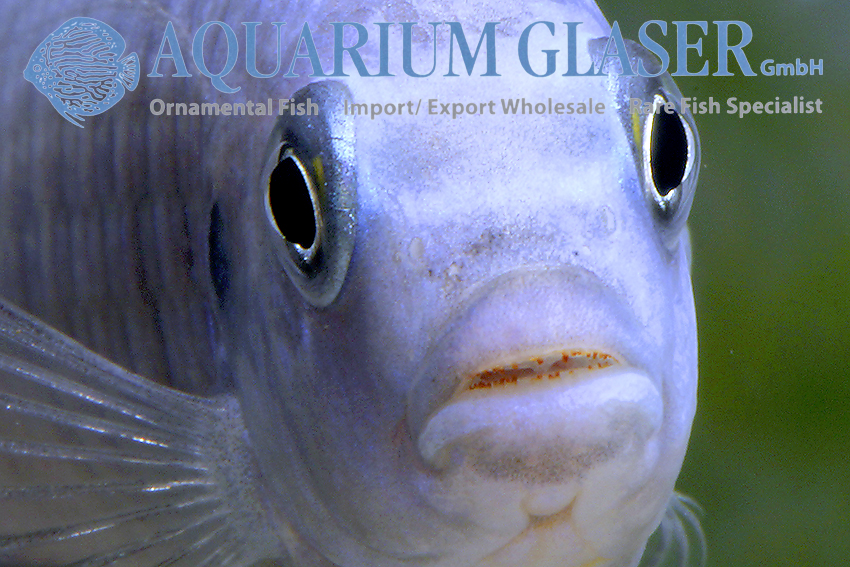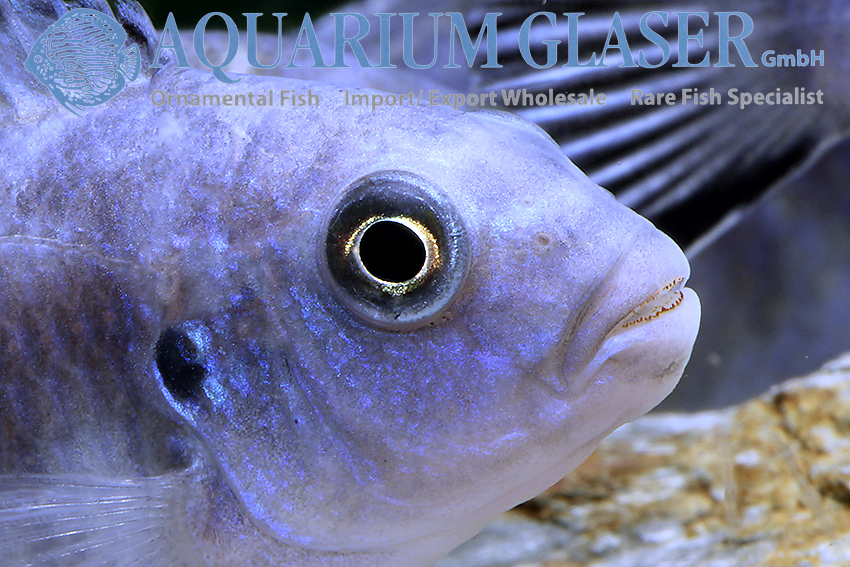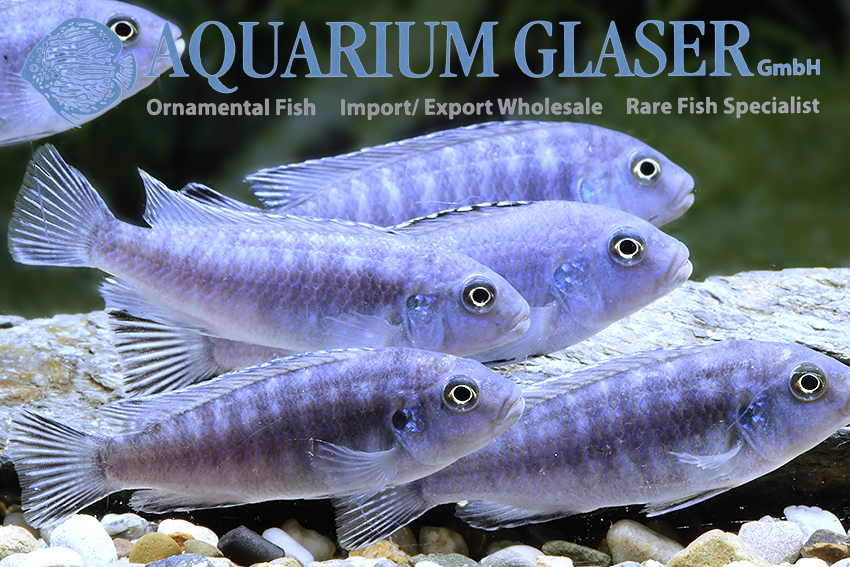What is the saying? Who does not ask, remains stupid. In the case of the rock cichlids of Lake Malawi, the so-called Mbuna, it is undoubtedly the garish, bright colors that initially attract attention and led to the much quoted comparison with coral fish. In fact, the colors of the mbuna have primarily the same task as those of the coral fishes: a demarcation against other species as clear as possible. This makes it easier to recognize one’s own species and this in turn avoids fights, because with members of other species there is no need to fight so intensively for available food (other species usually eat something else) and for females.
Among the most combative mbuna of all is the type species of the genus Chindongo, C. bellicosus, which was described along with the genus in 2016. The species name “bellicosus” means “warlike”! Chindongo includes the species C. ater, C. bellicosus, C. cyaneus, C. demasoni, C. elongatus, C. flavus, C. heteropictus, C. longior, C. minutus, C. saulosi, and C. socolofi. They are among the smallest mbuna and – at least in the wild – barely exceed 8 cm in length. In the aquarium, however, they can grow 50% larger.
In many mbuna, also in quite a few Chindongo, there is a clear gender dichromatism. In other words, sexually mature males are colored differently than females. Juveniles all look like females. Why? Because only sexually mature males defend territories and indicate with flaunting colors that they cordially invite any passing female to mate with them. Other males in showy colors, on the other hand, are beaten up. So far, so logical. But why are there species, like Cindongo socolofi, where males and females cannot be distinguished optically? Only the egg spots in the anal fin are missing in the females or are at least less pronounced. Why this? There is no answer to this question yet.
Maybe you will find out, dear reader? In any case, we have just pretty, fully colored and with 6-7 cm length almost fully grown Chindongo socolofi from Southeast Asian breeding in the stock. By the way, this species is relatively peaceful in the aquarium. So the opportunity to explore is there: go ahead!
For our customers: the animals have code 573202 on our stocklist. Please note that we only supply wholesale.
Text & photos: Frank Schäfer





